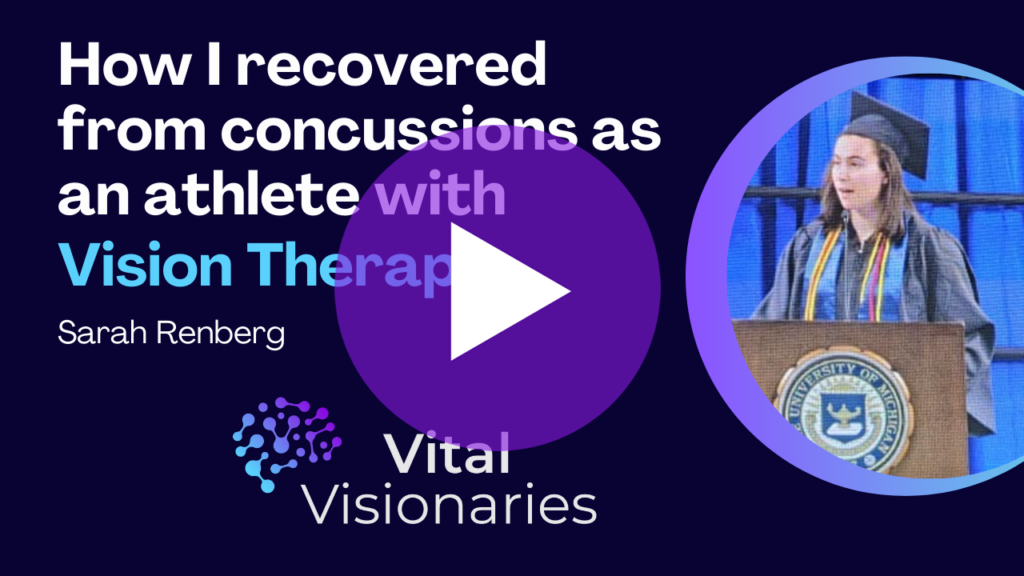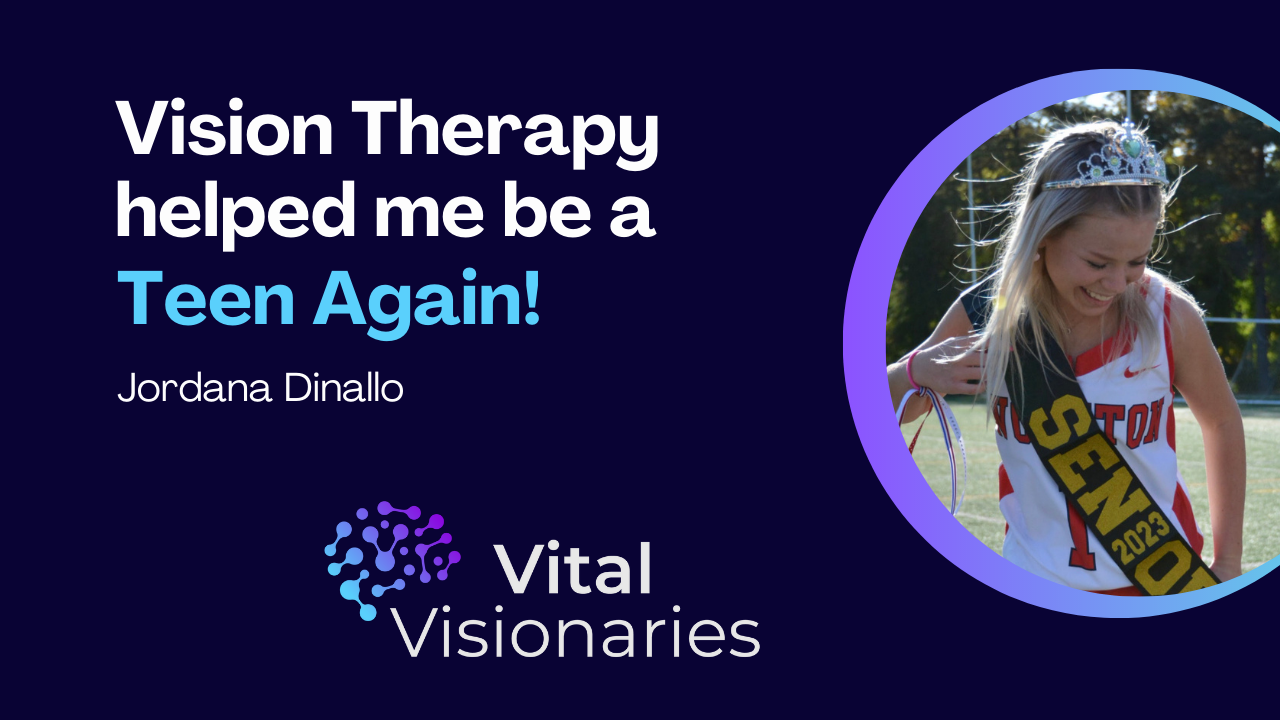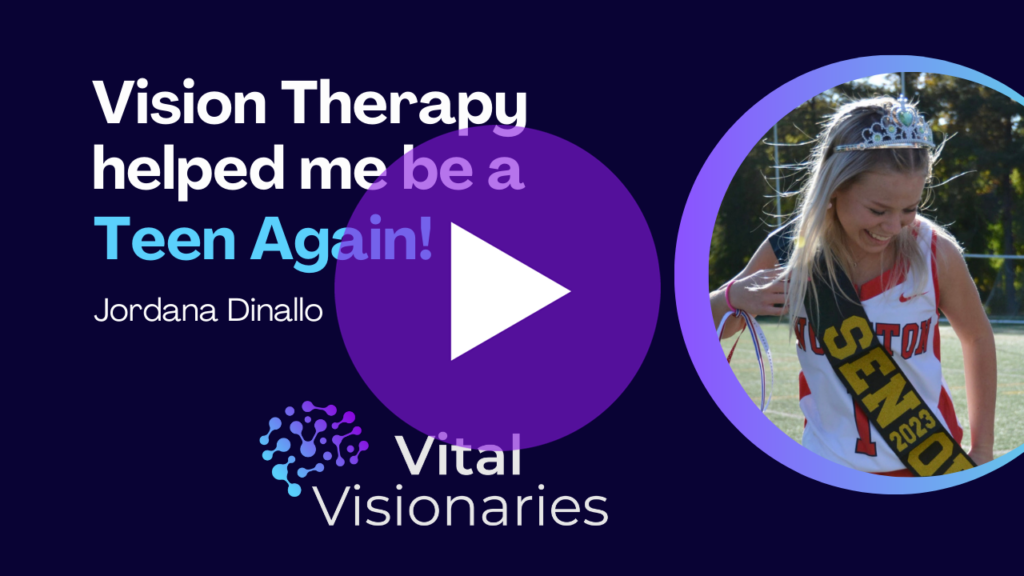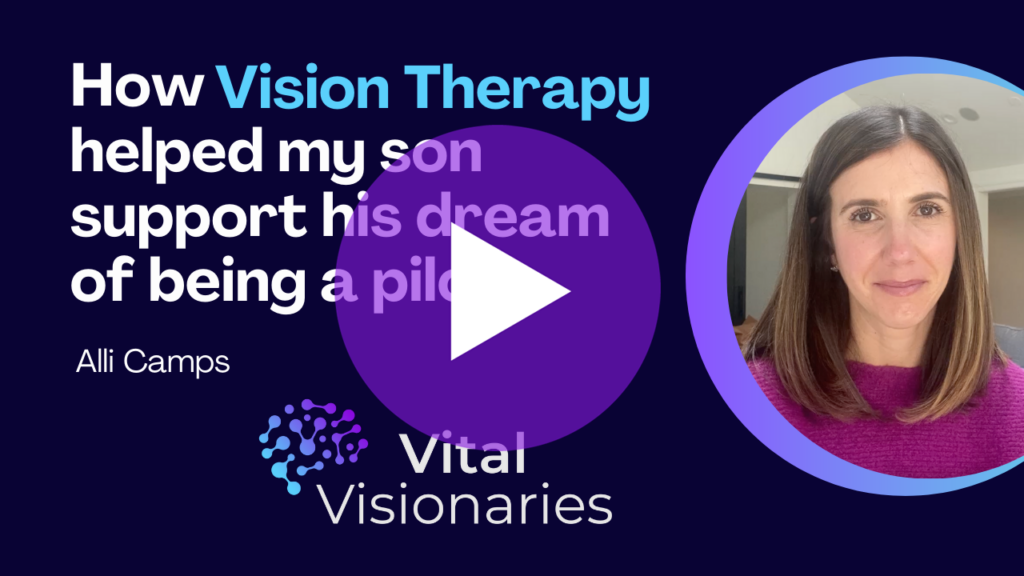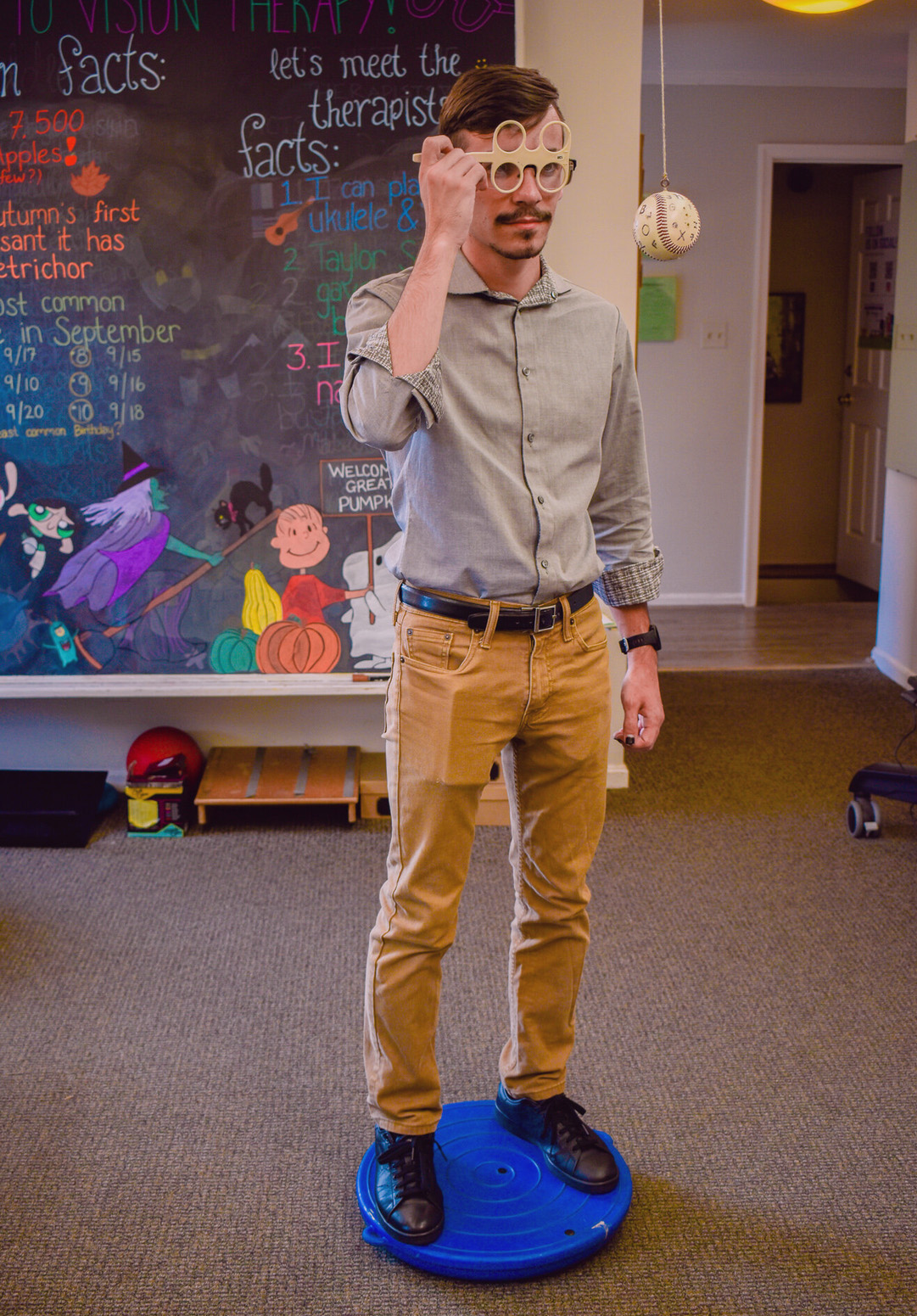Myopia Management
Myopia Control Program
We are committed to protecting vision in patients with myopia (nearsightedness).
More commonly known as “nearsightedness,” myopia is a refractive visual problem when you can see more clearly at near compared to far distances.
In the United States, the percentage of myopic individuals increased from 25% to 46% from 1972 to 2002 and has been rapidly growing since then. Today, more than 44% of Americans are myopic and by the year 2050, over 50% of the world’s population is predicted to be myopic!
This drastic rate of increase is especially alarming considering so much of this is occurring in school-age children. Kids are being introduced to technology at earlier and earlier ages, where many have not yet developed the visual foundation to meet these demands. While this escalation is linked to both genetics and lifestyle, research has shown that spending more time on sustained near visual concentration activities like reading and digital devices instead of spending time outdoors increases the likelihood of becoming myopic.
Research has shown that the higher the myopia, the higher the likelihood of potentially developing a serious vision threatening condition.
If caught early enough, and with the right treatment, we can slow down, stop and even reverse the effects of Myopia.
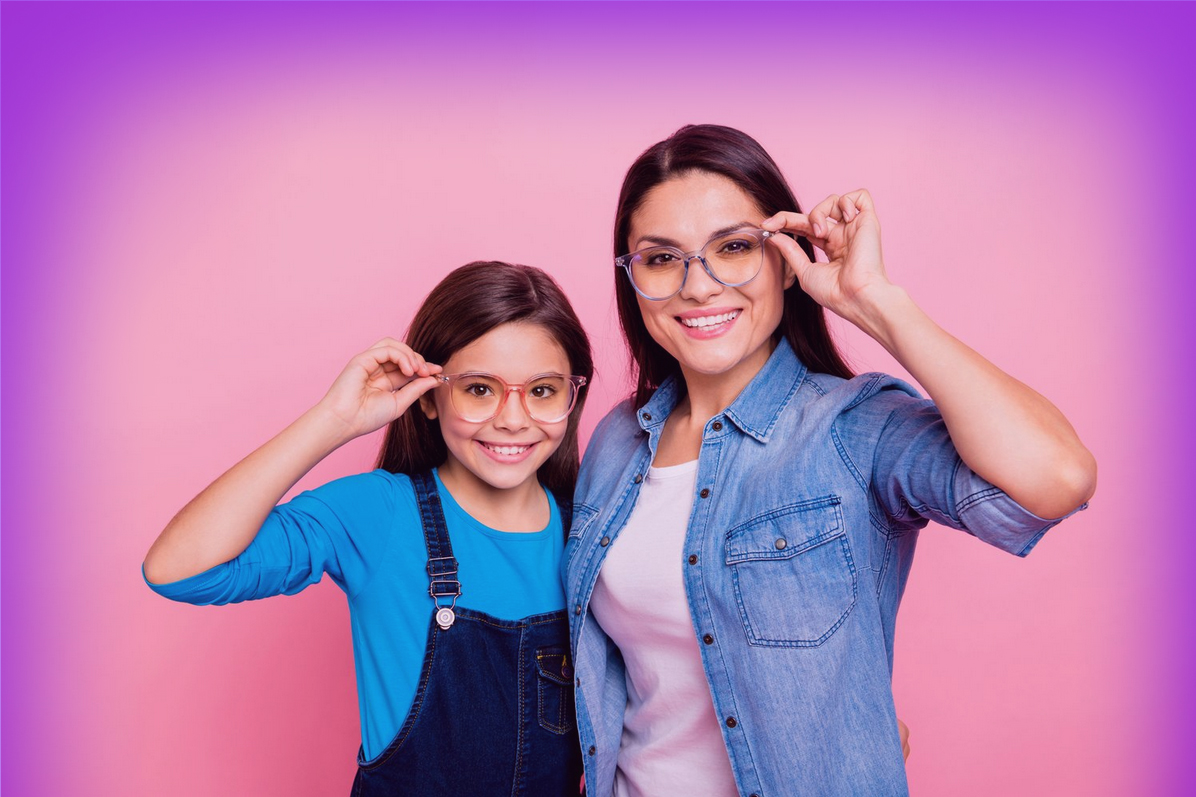
At VisionFirst, we take myopia seriously.

What is Myopia?
More commonly known as “nearsightedness”, myopia is a refractive visual problem when you can see more clearly at near compared to far distances. In this condition, light rays that enter the eye incorrectly focus at a point in front of the back of the eye (retina), rather than on the retina. This results in distant objects appearing blurry without the aid of glasses or contacts.
Myopia occurs when the length of the eyeball (axial length) itself is slightly longer than normal, and elongation can occur as a child grows or as the amount of myopia increases. Additionally, myopia can also be provoked by specific functional vision problems that are risk factors associated with earlier onset or higher risk of progression. At every examination, both for pediatrics as well as adults, our doctors assess risk factors and perform diagnostic evaluations that are often not considered during routine eye examinations.
Why is my prescription always changing?
While myopia runs in families and often makes its first appearance in childhood, there are influences other than heredity and genetics that play a role in the development of nearsightedness. Environmental factors can contribute to the likelihood of needing assistance for far distances. Long periods of intense near work coupled with a more sedentary lifestyle, less outdoor activity, and a greater dependence on technological devices have all been associated with increasing levels of nearsightedness. Studies have shown that the more near work humans perform, the more likely they will become nearsighted. It’s no wonder that myopia has been associated with higher levels of education and become an epidemic in those countries that value technology, education, and reading.
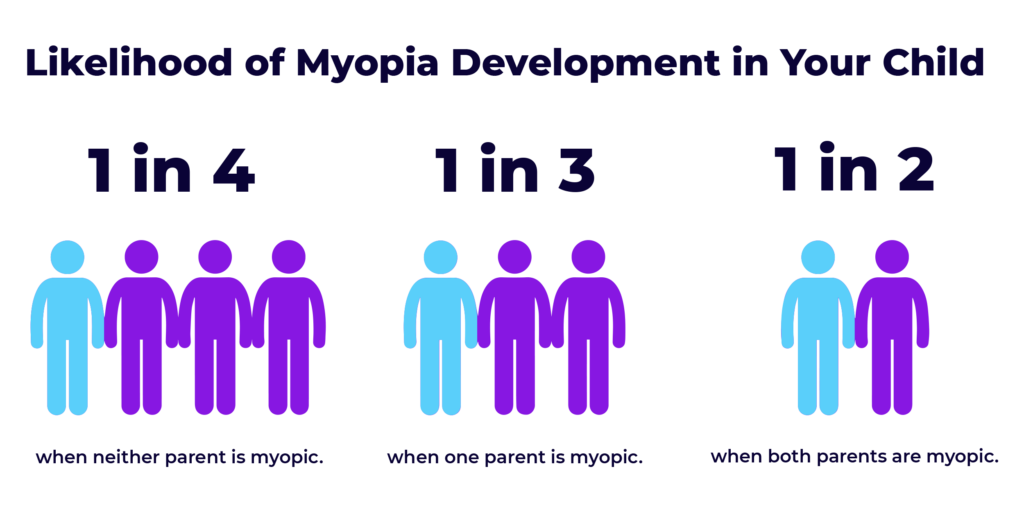
Can we control and manage the progression of myopia?
YES
Our doctors will thoroughly evaluate the visual system and recommend the most appropriate interventions based upon individual needs, keeping abreast of the latest science associated with myopia management. Our mission is to ensure that the decisions we make today most effectively influence the minimizing of myopic progression for the future, in an effort to promote optimal quality of life and eye health.
Treatment Options May Include:
- Corneal Reshaping Treatment (Orthokeratology)
- Therapeutic Lenses
- Specialty Designed Spectacles
- Specialty Designed Multifocal Contact Lenses
- Atropine Solution Medicated Treatment
- Vision Therapy
OrthoKeratology = Vision Correction without Surgery!
This form of specialized treatment uses custom designed reverse geometry lenses to gently and gradually reshape the front surface of the eye (cornea) and improve your eyesight while you sleep. These contact lenses act similarly to dental retainers to help straighten your teeth, but instead flatten the cornea to help eliminate or reduce myopia (nearsightedness) and/or astigmatism (oblong shaped cornea). They are worn at night and removed upon awakening to provide you with clear eyesight all day long, without the aid of glasses or contact lenses.
OrthoK is a safe, non surgical, FDA approved form of treatment that has been shown to slow down the progression of nearsightedness. It is a completely reversible alternative to LASIK surgery, where the cornea will migrate back to its original position with discontinued use of the “retainer” lenses.
This treatment option offers freedom from daytime contacts or glasses, and is great for patients with dry eyes or who are active in sports or water activities, also offering improved social self-perception compared to glasses. Not all eye doctors are trained to perform this specialized type of treatment, as the treatment program requires a thorough evaluation and meticulous measurements to determine whether or not the patient is an appropriate candidate for OrthoK.
Among the many specialty contact lenses offered, the doctors at VisionFirst are all specialty trained in the Brilliant Futures Myopia Management Program and certified providers of MiSight 1 day contact lenses. These contact lenses are worn during the day and removed before sleeping like typical contact lenses. This treatment option is often preferred by younger children and athletes with enhanced social self-perception compared to glasses.
Bifocal or Progressive Addition Lenses and/or Digital Performance Lenses are often used in conjunction with other treatment options to help slow down or stabilize myopia.
One drop is used in the affected eye(s) just before bedtime, allowing for total parental control of treatment. This treatment option is often used in young patients or those who cannot tolerate contact lenses, with minimal side effects of light sensitivity and blurred near vision. Atropine can be used alone or in conjunction with other myopia management therapies.
Depending on the specific needs, an individualized program of Vision Therapy targeting efficient Binocular Vision (eye coordination) and Accommodation (focusing) may be prescribed to help slow down or stabilize myopia.
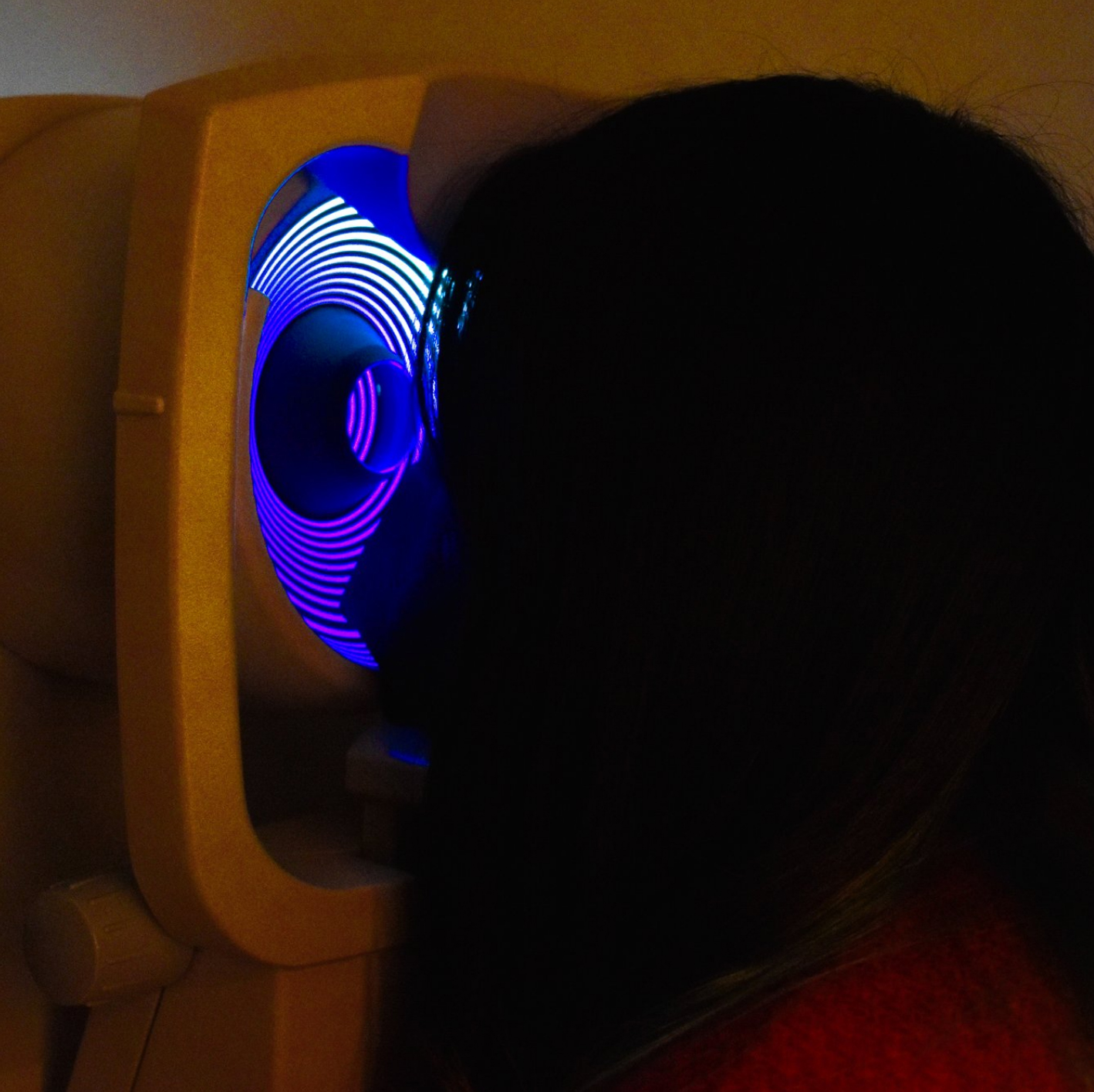

Book An Evaluation
Contact us now to learn how you can book a vision evaluation and get started on your journey towards optimal vision.


